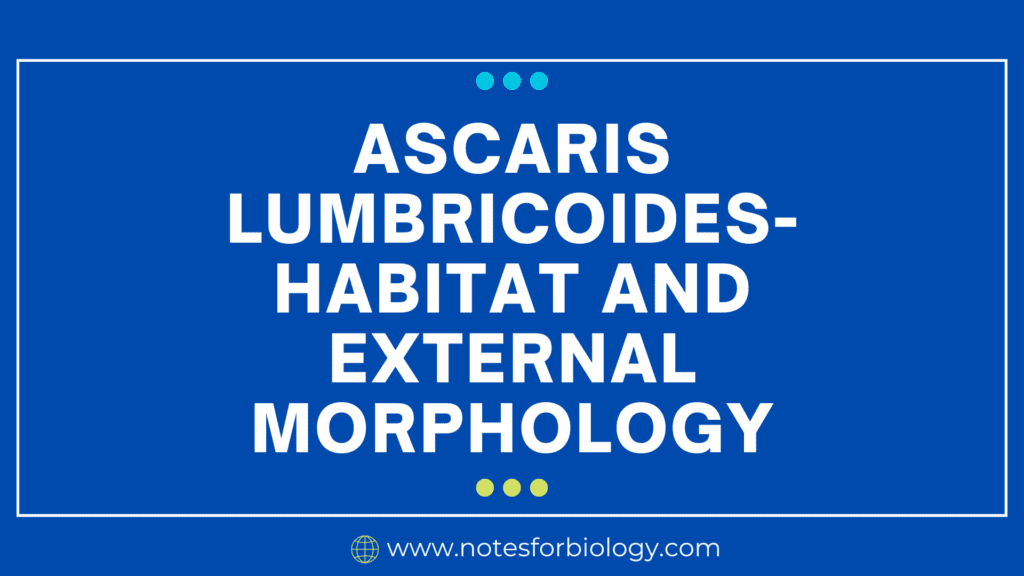Biochemical Test of Alcaligenes faecalis subsp. faecalis
Gram-negative, aerobic, non-fermentative bacteria that is a member of the Alcaligenaceae family is called Alcaligenes faecalis. It is frequently found in soil, water, and ecosystems that are related to both people and animals, such as the digestive system. This particular bacteria is well-known for having the capacity to emit a peculiar fruity smell. Although A. […]
Biochemical Test of Alcaligenes faecalis subsp. faecalis Read More »










